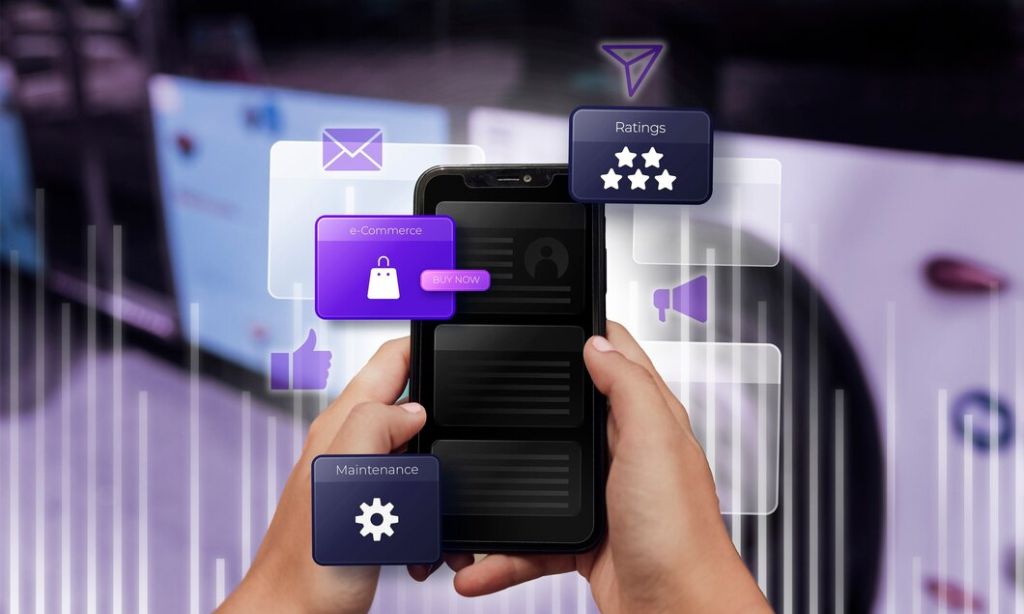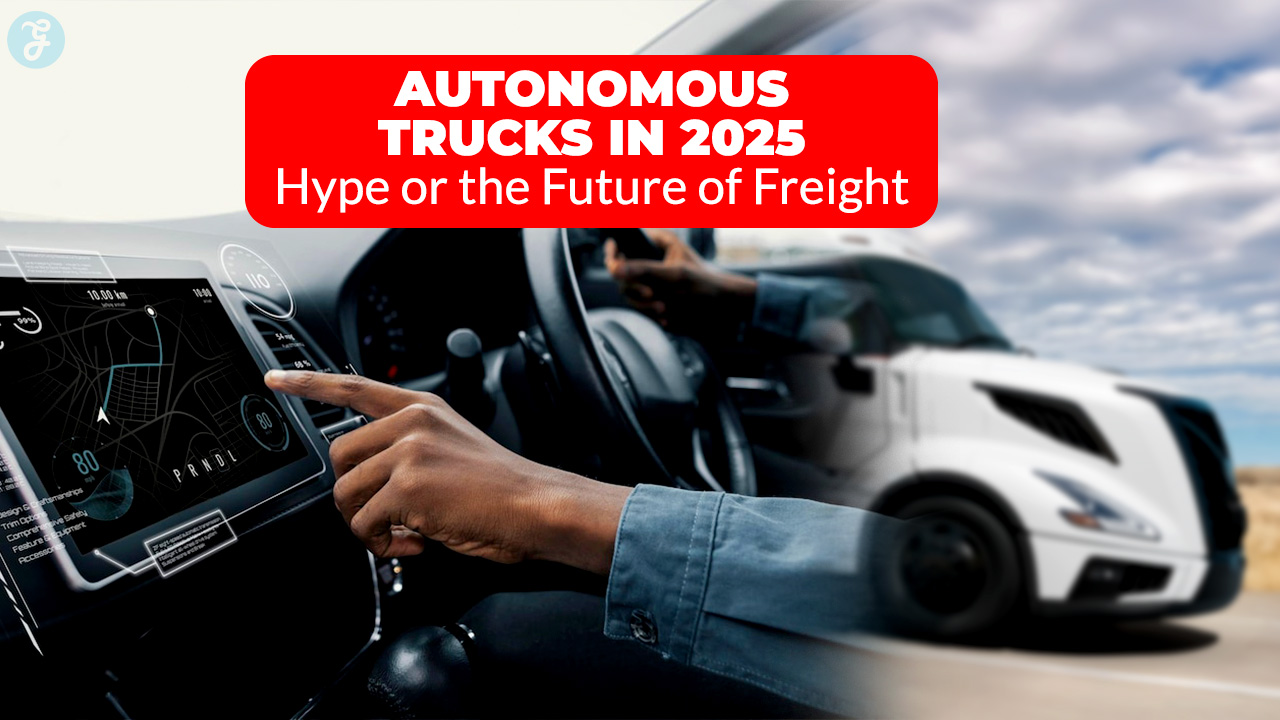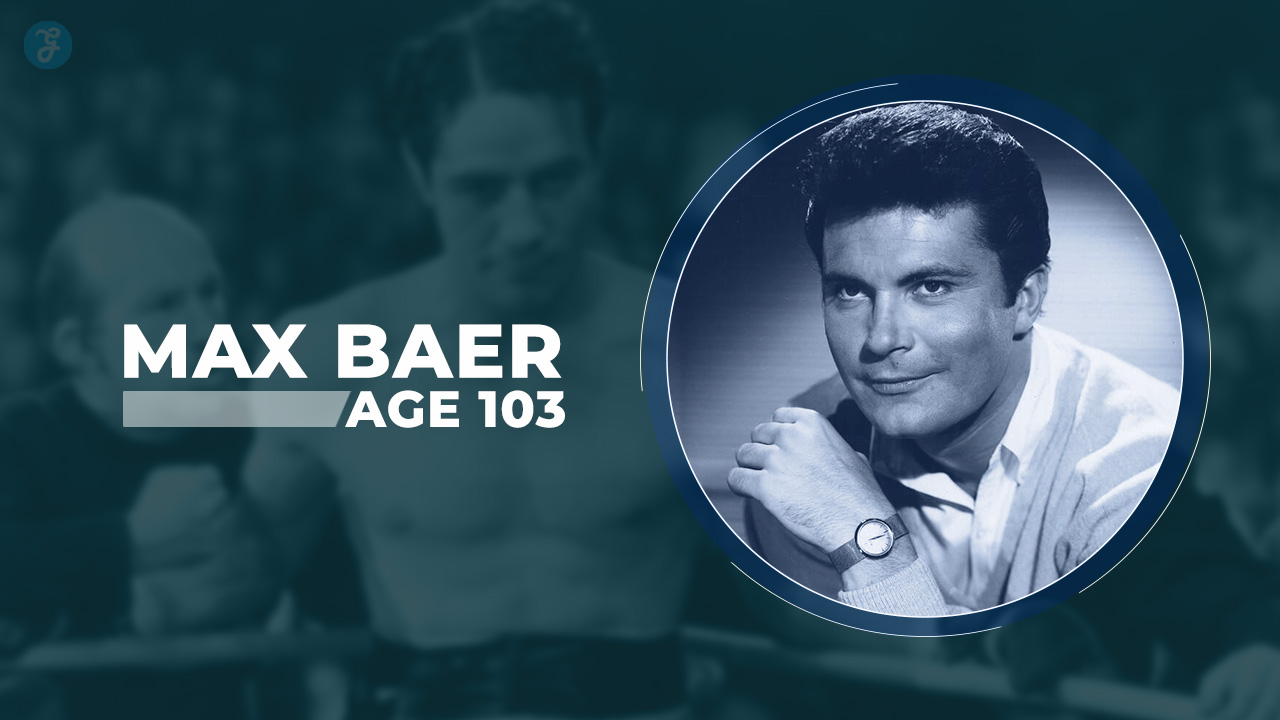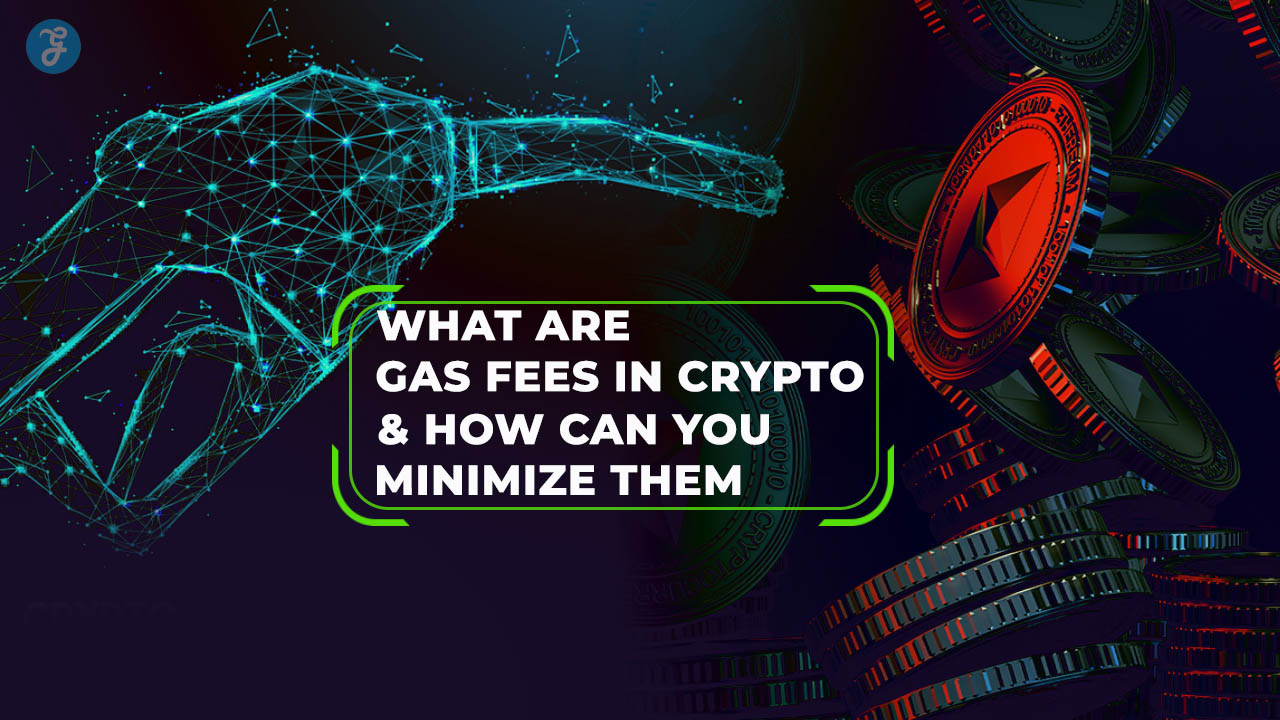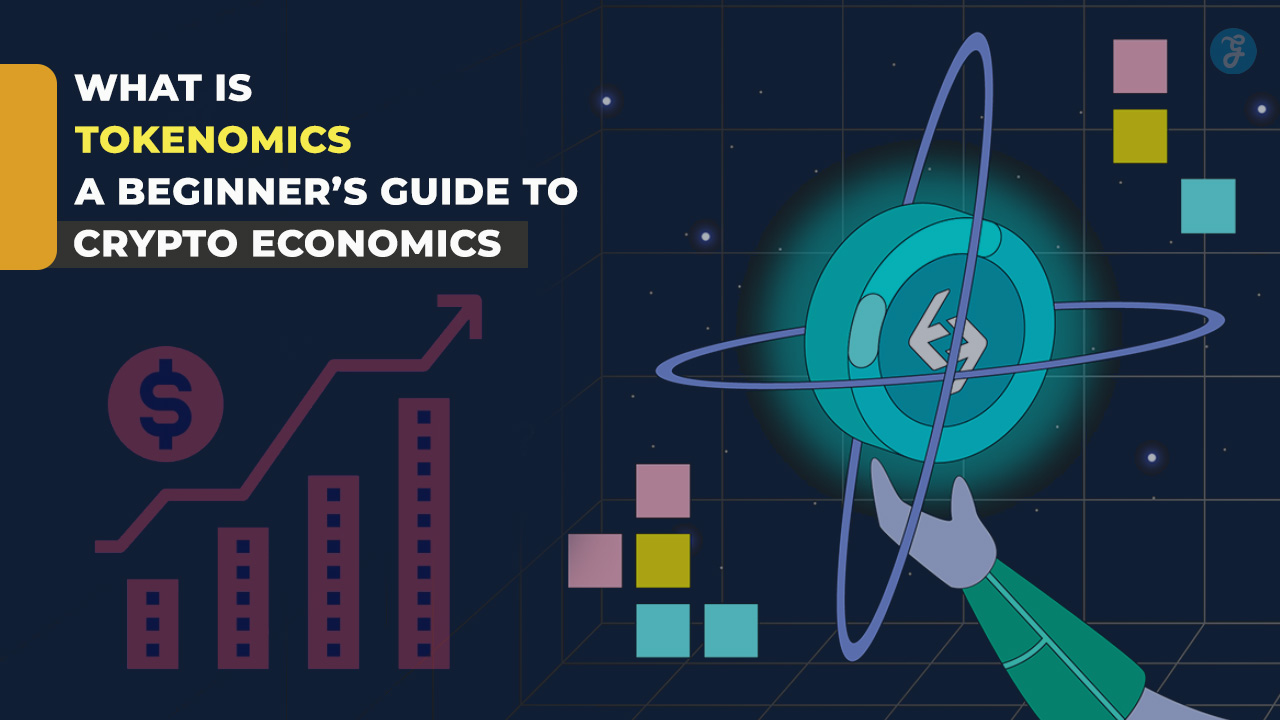Building a Web3 dApp might sound like something only skilled developers can do. You may think creating decentralized applications requires advanced coding skills or years of experience, but this isn’t true anymore.
Many people want to join the Web3 space but feel stuck because they don’t know how to code.
Today, no-code platforms make it easy for anyone to create their own apps on blockchains like Ethereum or Binance Smart Chain. With tools that offer drag-and-drop features and pre-built smart contract templates, you can design your app without writing a single line of code.
This guide will show you how step-by-step.
Ready to learn? Keep reading!
Key Features of No-Code Web3 Platforms
No-code Web3 platforms simplify app creation with user-friendly tools. They allow you to build blockchain-based apps without writing a single line of code.
Intuitive visual interfaces
Drag-and-drop tools simplify app development. Users can arrange components visually without any coding skills. Visual editors allow customization of smart contracts through simple clicks, making complex blockchain technology accessible.
These interfaces enhance productivity by enabling rapid prototyping and quick changes.
Customizable templates let users personalize designs with ease. They improve the user experience, offering flexibility in creating decentralized apps. Clear layouts and smooth navigation keep the process stress-free for beginners.
This focus on simplicity speeds up web3 development for everyone involved.
Pre-built blockchain integrations
Pre-built blockchain integrations simplify Web3 development. They connect your dApp directly to networks like Ethereum Blockchain or Binance Smart Chain without extra code. These integrations support tokenization, NFT minting, and decentralized exchanges.
Many no-code platforms also enable interoperability across multiple blockchains.
They ensure seamless use of decentralized storage solutions, such as InterPlanetary File System (IPFS), for secure data handling. Users can leverage smart contracts easily through these ready-made tools.
This approach saves time while improving reliability and performance in blockchain technology projects.
Smart contract templates
Smart contract templates make Web3 app development easier. These pre-built tools allow users to create decentralized finance (DeFi) apps, NFT marketplaces, and more. They eliminate the need for coding and help speed up development on platforms like Ethereum blockchain or Binance Smart Chain.
Though easy to use, these templates may come with risks. Security vulnerabilities might appear if not properly tested or audited. For beginners, they simplify tasks, but advanced users might find customization options limited.
Always check for security audits before using any template.
Decentralized storage solutions
Decentralized storage ensures data is secure and tamper-proof. Instead of relying on one central server, it spreads files across a peer-to-peer network. This approach enhances data integrity and reduces hacking risks.
Platforms like IPFS and Filecoin are popular for storing NFT assets or blockchain-based app information.
No-code tools simplify adding decentralized storage to your project. Drag-and-drop features allow easy integration without needing technical skills. These solutions are perfect for DeFi apps or marketplaces since they keep user data private yet accessible globally.
Steps to Build a Web3 dApp Without Coding
Building a Web3 dApp without code is easier than you think—follow simple steps to create, test, and launch your application seamlessly.
Pick a no-code platform
Choose a platform that fits your needs. Directual and Bildr offer user-friendly tools to create dApps on the Ethereum blockchain. ETH Build lets you visually design smart contracts without coding.
Moralis simplifies NFT minting, decentralized storage, and cryptocurrency wallets integration. Look for features like pre-built smart contract templates or automated testing tools.
Some platforms support test networks for performance testing before launch. Options like Netlify add responsive design hosting with ease. Ensure security by checking open-source licenses and encryption methods.
Pick a tool that supports continuous integration to optimize updates efficiently.
Define the functionality of your dApp
Decide the type of dApp you want to create. Identify its purpose, audience, and goals. For example, an NFT marketplace can allow users to mint NFTs and trade digital art on the Ethereum blockchain.
A DeFi app might offer lending or staking services using Binance Smart Chain.
List key features your dApp needs. These may include wallet integrations, immutable blockchain storage, or smart contract execution for secure transactions. Define how each feature supports your target audience’s needs while ensuring compliance with security standards like data encryption and penetration testing practices.
Design the user interface (UI)
Use drag-and-drop tools to create your user interface. These visual tools let you add buttons, forms, or menus without coding. Define the app’s features and goals before starting.
This ensures the design reflects what users need. Focus on simplicity and ease of use for navigation.
Check if your design works well on mobile devices and desktops. Responsive layouts make apps accessible on any screen size. Test the UI thoroughly to fix issues like broken links or non-functional buttons before launching.
Integrate smart contracts
Link your dApp to pre-built smart contract templates. Platforms like Ethereum Blockchain or Binance Smart Chain simplify this step. Customize the templates to match your app’s goals without touching code.
These contracts handle automated actions, like NFT minting or complex transactions.
Connect the front-end of your dApp with these contracts using easy visual tools. This allows users to interact directly on-chain. Ensure proper testing in test networks before going live to avoid non-compliance or bugs.
Configure decentralized data storage
Use decentralized storage solutions like IPFS or Arweave. These systems let you store data securely without relying on a central server. Blockchain technology ensures your dApp’s files are safe, tamper-proof, and always available.
No single entity has control over the stored information.
Decentralization helps with seamless data sharing across users. For example, NFT marketplaces depend on such systems to host metadata and assets reliably. Set up encryption to protect private user data during transfers.
Always test for performance to avoid delays or issues while accessing stored files through nodes or CDNs (Content Delivery Networks).
Test your dApp for performance
Test your dApp using automated tests to ensure it runs smoothly. Performance testing checks how well your app handles tasks, like loading smart contracts or processing blockchain transactions.
Use tools like load balancers to mimic high user activity and test networks for different scenarios. This ensures good responsiveness during peak usage.
Focus on software quality by running unit tests and stress tests regularly. Monitor data security and prevent cross-site scripting (XSS) issues. Test caching strategies with tools like Memcached to improve speed.
Integrate performance tuning into the development process early, ensuring stability and scalability for long-term use.
Launch and promote your dApp
Deploy your dApp on platforms like Ethereum blockchain or Binance Smart Chain. Use test networks to ensure it runs smoothly before going live. Focus on efficiency with tools like Node Package Manager to streamline deployment.
Promote your dApp through targeted campaigns on social media and blockchain communities. Partner with influencers in Web3 development or NFT minting spaces for more reach. Highlight features such as smart contracts, decentralized storage solutions, and security auditing in your marketing efforts.
Popular Use Cases for No-Code Web3 dApps
No-code Web3 dApps open doors for creativity and innovation. They simplify blockchain technology, allowing anyone to build useful tools and services.
NFT marketplaces
NFT marketplaces let users create, buy, sell, and trade digital assets. Platforms like OpenSea make it easy to mint NFTs without coding. These dApps rely on blockchain technology for secure transactions.
They often use Ethereum or Binance Smart Chain networks. Bildr focuses heavily on building NFT marketplaces with no-code tools.
Smart contract templates power most marketplace functions, ensuring safe asset exchanges. Decentralized storage solutions keep NFT data accessible and tamper-proof. These platforms also handle legal compliance and open-source licenses for protection.
Test networks help fine-tune the apps before launch, improving performance and reliability.
DeFi applications
DeFi applications make financial systems faster and fairer using blockchain technology. They remove the need for banks or middlemen, letting users control their money directly. Platforms like Aave and Compound allow people to lend or borrow funds securely and earn interest.
Transactions process transparently on networks like Ethereum or Binance Smart Chain.
Smart contracts power these apps, automating tasks without manual input. Developers can create DeFi platforms by integrating decentralized storage solutions and testing on test networks.
Popular use cases include lending services, yield farming, staking, and liquidity pools—all focused on improving traditional finance with blockchain efficiency.
Decentralized social networks
Decentralized social networks run on peer-to-peer systems powered by public blockchains. These platforms remove middlemen and give users control over their data. Options like Acorn, Aether, Bluesky, and PeerTube let people connect without relying on big tech servers.
Tools such as Matrix and 3Box offer seamless decentralized social networking solutions.
Data stays safe with blockchain technology and decentralized storage solutions instead of traditional central databases. This approach improves privacy while reducing censorship risks.
Users own their content directly and enjoy more transparent interactions compared to regular web apps backed by corporations.
Blockchain-based games
Games built on blockchain technology give players true ownership of digital assets. Items like weapons, avatars, or skins exist as NFTs, so players can trade or sell them freely. These games use smart contracts to ensure fair play and create transparent transaction histories.
The GENERA Web3 Game promotes renewable energy education through innovative gameplay. It teaches concepts while letting users earn rewards tied to sustainability efforts. Blockchain also enables secure decentralized storage for game assets, ensuring data stays tamper-proof.
DAOs and voting systems
DAOs, or decentralized autonomous organizations, work as digital communities with shared goals. Members use smart contracts to create rules and manage funds securely. Voting systems play a key role in DAOs, letting members propose changes or decisions.
Each vote uses blockchain technology for transparency and fairness.
Smart contracts automate the voting process—reducing errors and delays. For example, a member submits a proposal through the DAO platform. Other members then cast votes based on their governance tokens.
The result executes automatically if it meets predefined criteria coded into the contract. These systems ensure democratic control without manual oversight while enhancing Web3 development processes like security and efficiency through blockchain integration.
Examples of No-Code Web3 Platforms
Several platforms simplify web3 development for beginners. These tools offer features like drag-and-drop builders, pre-made integrations, and blockchain support.
Directual
Directual is a no-code platform that simplifies web3 development. It supports Ethereum, NEAR, and Polygon blockchains. Binance Smart Chain, Bitcoin, and Polkadot integrations are coming soon.
The platform offers intuitive tools for creating dApps without coding skills. Users can choose from smart contract templates and decentralized storage solutions.
Pricing starts with a Free Plan or the Get Started Plan at $29/month. Pro Plans begin at $119/month, while the Scale Up Plan handles larger needs. Directual has impressive user ratings—5.0 and 4.9 among them—showcasing its reliability in building secure blockchain-based applications like NFT minting platforms or DeFi apps efficiently.
ETH Build
ETH Build offers a simple way to learn Ethereum and blockchain technology. It uses visual tools that make complex ideas easy to understand. Beginners can create workflows by connecting pre-made blocks without writing any code.
This tool is great for small projects or experiments but may not support large-scale dApps.
It simplifies concepts like smart contracts and decentralized storage through hands-on design. Users can explore instances, method calls, and database software in an interactive environment.
ETH Build helps teach Web3 development with clear examples while avoiding overwhelming details or jargon.
Bildr
Bildr is a no-code platform designed for web3 development. It offers an easy drag-and-drop interface, perfect for building decentralized applications (dApps). With pricing options like the Free Plan and Pro Plan starting at $119/month, it fits different budgets.
Features include pre-built blockchain integration and smart contract templates. Users can create NFT marketplaces or other dApps without writing code.
This tool simplifies complex technologies such as Ethereum blockchain and Binance Smart Chain. Developers can also configure decentralized storage solutions effortlessly. Bildr’s flexibility makes it ideal for single-page applications or even testing frameworks in agile development workflows.
Takeaways
No-code tools are a game-changer. They let anyone build Web3 dApps, even without tech skills. To provide deeper insight, meet Dr. Sarah Falkner—a blockchain expert with over 15 years of experience in software development and decentralized systems.
Dr. Falkner has a Ph.D. in Computer Science from MIT and has published papers on smart contracts and security models for decentralized apps. She worked with Ethereum Foundation to simplify blockchain adoption for non-coders.
Dr. Falkner believes no-code platforms’ visual editors, contract templates, and data storage options make dApp creation accessible to all users. These features save time while reducing costs—ideal for small projects or startups jumping into Web3 technology.
She stresses the importance of transparency when using these tools. Platforms must comply with open-source licenses to avoid hidden risks or misuse of user data. Following strict information security measures is also key to earning trust among developers.
To get the best out of no-code Web3 tools, she suggests starting small—like building an NFT marketplace before expanding into complex areas such as DeFi apps or DAOs—and testing on networks like Binance Smart Chain first before full launches.
Advantages include speed and accessibility but expect some limitations in flexibility compared to custom coding solutions like Node.js-based frameworks paired with integrated environments like Visual Studio Code (VS Code).
Security can also be a concern if platforms rely heavily on plugins from less-reputable sources.
In her final words: No-code platforms lower barriers but not standards—you still need cautious planning, solid research on platform reputations, and thorough performance tests with reliable testers before deploying any application live!
FAQs on How to Create a Web3 dApp With Zero Coding Experience
1. What is a Web3 dApp, and can I create one without coding experience?
A Web3 dApp (decentralized application) runs on blockchain technology like Ethereum or Binance Smart Chain. With no coding skills, you can still build one using tools that simplify processes such as smart contracts and decentralized storage solutions.
2. How do I use blockchain technology to develop a Web3 dApp?
You can leverage platforms like Ethereum blockchain for creating smart contracts or store data securely with decentralized storage systems. These tools handle the technical work while you focus on your app’s purpose.
3. Can I test my Web3 dApp before launching it?
Yes! Use test networks to try out your app in a safe environment. Continuous testing ensures everything works well before deployment.
4. Do I need advanced programming knowledge like Node.js or JavaScript frameworks?
No, many platforms offer user-friendly interfaces where you don’t need to write code directly. However, learning basics about web development and concepts like object-oriented programming might help over time.
5. How does security play into building a Web3 dApp without coding?
Information security (infosec) is critical when working with passwords and other sensitive data in blockchain applications. Many open-source licenses include built-in features to protect users’ information.




